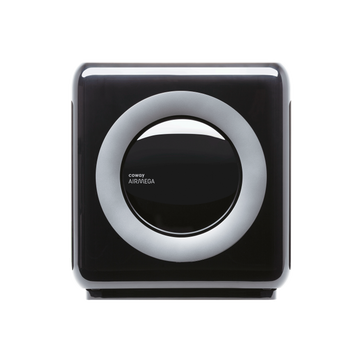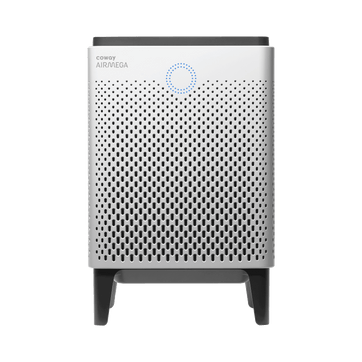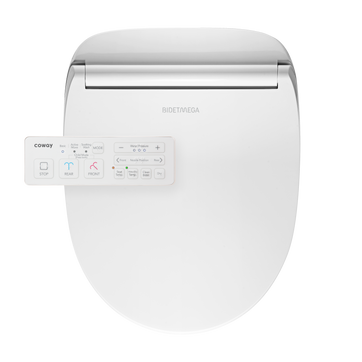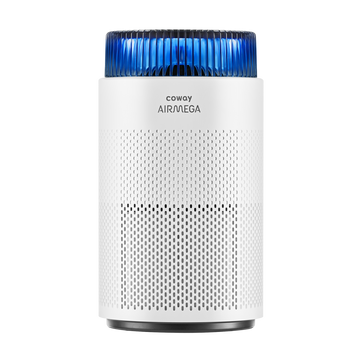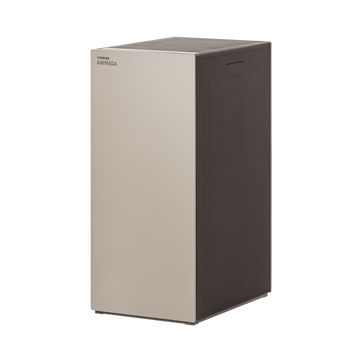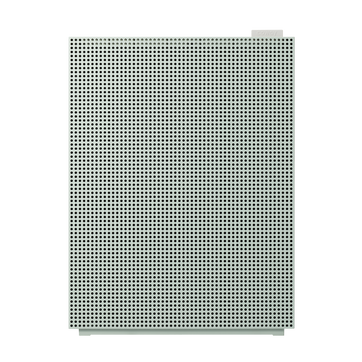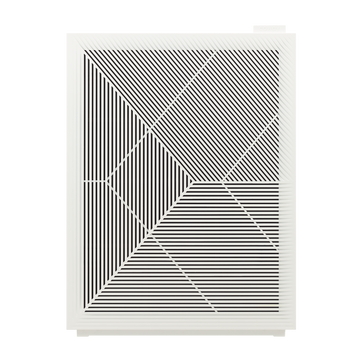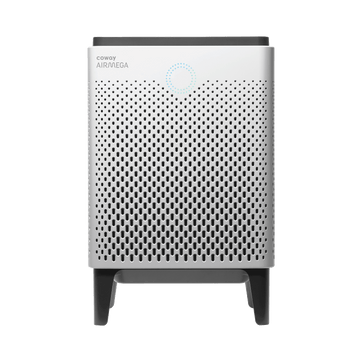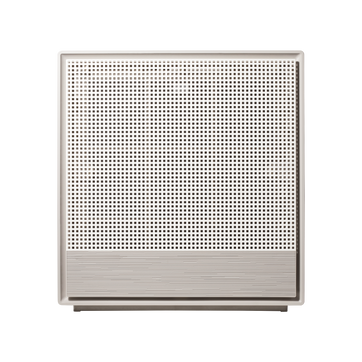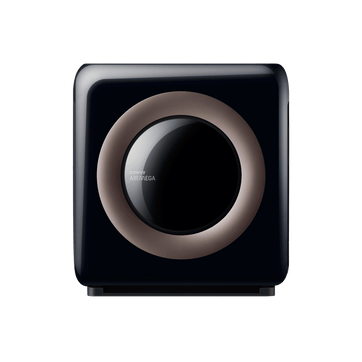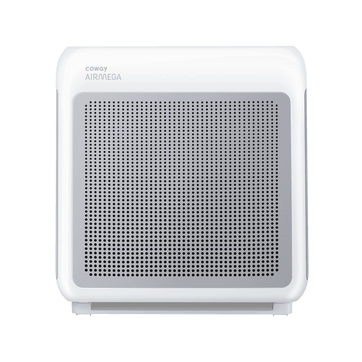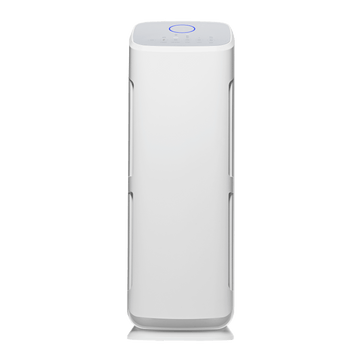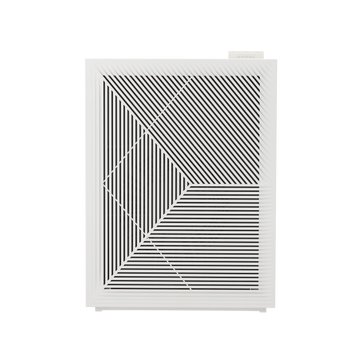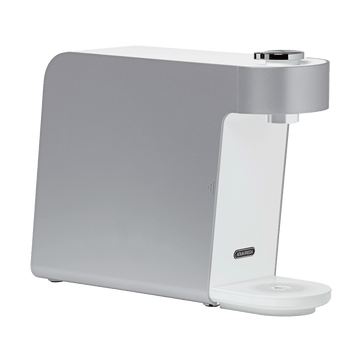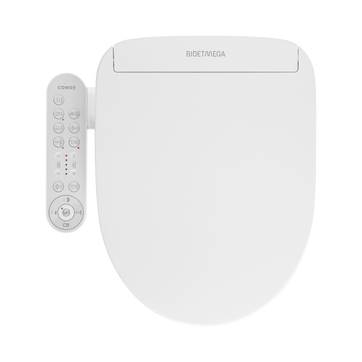
How will future cities get water?
In 2018, the world’s population clocked in at over 7.6 billion people—and counting. As the global population rises, demographic experts also note that people are increasingly moving to urban areas. Today, over half of the world’s citizens live in cities, and the United Nations predicts that 68 percent will be urbanites by 2050. Given the upcoming surge, how will cities provide water to all the new residents? As told by the documentary series, The Future of Water, cities around the world are scrambling to determine the answer.
To some degree, they can look to history for the best course forward. For example, Russia’s capital, Moscow, greatly improved its water access through the construction of the Moscow Canal in the 1930s. Today 99 percent of the city’s water is supplied from the Volga and Moskva Rivers through the canal. Before it was built, the city was essentially landlocked.
Yet Russia is also home to the former Aral Sea, one of the worst man-made water disasters on record. In the 1960s, the Russian government attempted to transform the dry lands of what is now Kazakhstan into fertile agricultural fields. In the process, they drained water from the Aral Sea—until the sea was completely depleted. Today, neither water nor crops remain in this area.
Throughout human history, civilization has relied on access to fresh water to thrive. As cities look to the future, however, unprecedented numbers of people will need this access. Chinese officials are already facing this reality in the capital city of Beijing. The southern region of China has ample water resources; in contrast, the northern region, including Beijing, is water deficient. To paraphrase a Chinese expert in the documentary, “You either move people to water or you move water to people. With over 21 million people in Beijing, we need to move water.” With this in mind, China has started one of the most intensive water diversion projects on earth.
Despite the pressure of population growth, cities have the opportunity to better manage the water supply through improved technology, conservation, and political will. City officials everywhere can look to Cape Town, South Africa for inspiration. Last spring, the city was days away from running out of tap water. The crisis was communicated through a desperate water conservation campaign, Day Zero, which effectively reduced water use by citizens and avoided disaster.
It’s worth noting that, as a byproduct of shrinking water levels, reservoir water is becoming more concentrated with silt and other contaminants. Today, in your own hometown, the Coway Aquamega 100 provides clean, safe water from the kitchen tap. The triple-filter system reduces the common contaminants in drinking water by up to 99.9 percent. As a result, you and your family can enjoy clean, sparkling water every day.
Disclaimers
1Coway air purifiers have been proven to trap dust, pollen, dander, viruses and bacteria in the air based on KCL (Korea Conformity Laboratories) testing.They have been tested in a 30㎥ size chamber according to the Korea Air Cleaning Association standard (SPS-KACA 002-132:2022 Modified) to measure the 0.01㎛ size of particle removal rate. It was tested on maximum airflow speed in normal room temperature and humidity conditions. The performance may vary in the actual living environment of customers.
→ Tested with Airmega Aim, 100, 150, 160, AP-1216L, AP-1512HH, AP-1512HHS, 200M, Icon, IconS, 230, 240, 250, 250 Art, 250S, 300, 300S, 400, 400S, ProX
299.97% of viruses, bacteria, fungi and pollen were verified to be removed from the air for Coway air purifiers which have Green True HEPA™ filter applied based on the Japan Food Research Laboratories(JFRL) testing according to JEM 1467 standard.
→ Tested with Coway Airmega AP-1512HH, AP-1512HHS, 250, 250 Art, 250S, 300, 300S, 400, 400S
→ All tested by JFRL and received above result within below time.
All tested by JFRL and received above result within below time.
- Virus: Tested with Escherichia coli phage ΦX174 NBRC 103405, 60 minutes
- Bacteria: Tested with Staphylococcus epidermidis NBRC 12993, 60 minutes
- Fungi/Mold: Tested with Penicillium citrinum NBRC 6352, 60 minutes
- Pollen: Tested with Cedar Pollen extract, 60 minutes
3Aerosol test conducted in a Biosafety level 3 laboratory with two Coway air purifier models, Coway Airmega 250 and 400 for removal of SARS-CoV-2 Aerosol by US based MRI Global, a not-for-profit laboratory and partner of US Department of Defense. The test was conducted in a 13.1ft3 chamber. Virus was aerosolized for 15 minutes and the product was turned on high for 2 minutes. Result showed each product effectively removed over 99.98% of the SARS-CoV-2 in 2 minutes. This is a result from a laboratory experiment condition and result may vary in different conditions. This result does not imply it kills SARS-CoV-2 or prevents the transmission of Covid-19. Coway Airmega 250S and 400S are identical to the tested models and has equal performance with an additional mobile connectivity function.
4The concentration of ammonia, acetaldehyde and acetic acid were proven to be removed within 30 minutes by FCG Research Institute, Inc. Human Life Science Lab. It is not a demonstration result in the actual use space. Not all odors and gases may be supported. → Tested with Coway Airmega 150, 160, AP-1512HH, AP-1512HHS, 400, 400S
5The coverage area of the air purifier is based on an area where the air cleaner can make two air changes per hour (ACPH). An air change per hour translates to how many times an air purifier can clean an area, assuming the height of a ceiling to be 8 ft, in one hour. Therefore ** means two air changes per hour means that the cleaner can clean the area once every 30 minutes and * means air changes per hour means that the air purifier can clean the area once every 60 minutes.
10Terms and conditions apply. Discounts, including promotions, coupons, bundle discount and subscription discount, cannot be stacked on top of other coupons. During promotional periods, discount codes will not be able to be applied to orders. Promo codes may apply to products only—filters, accessories, and new products within 3 months of the release date are not included.
